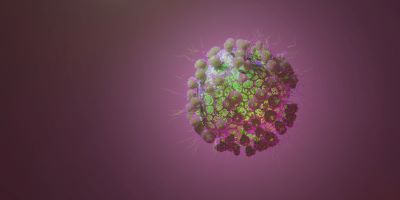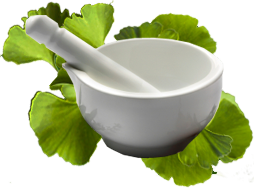
The information offered below was discovered circulating on the internet and noted erroneously as from John Hopkins University. Johns Hopkins has sent out communication saying that some information is being disseminated in their name that is not from them. Further research found also it attributed to an associate professor at John Hopkins who sent it in a letter sent to her mother, but this was not verified, and reportedly not true. Snopes.com designates the information as being “misattributed”, but not false. We have included it here as a summary with actually some good detailed points on how to destroy the virus with good hygiene and why it works. A few corrections were made, such as the proper bleach to water ratio, and high humidity and light vs dark, dry environment..

The virus is not a living organism, but a protein molecule (RNA) covered by a protective layer of lipid (fat), which, when absorbed by the cells of the mucus membranes of the eye, nose or inner cheek (ocular, nasal, buccal mucosa), changes their genetic code (mutation), and converts them into aggressor and multiplier cells.
Since the virus is not a living organism but a protein molecule, it is not killed, but decays on its own. The disintegration time depends on the temperature, humidity and type of material where it lies.
The virus is very fragile; the only thing that protects it is a thin outer layer of fat. That is why any soap or detergent is the best remedy, because the foam CUTS the FAT (that is why you have to rub so much: for 20 seconds or more, to make a lot of foam). By dissolving the fat layer, the protein molecule disperses and breaks down on its own.
HEAT melts fat; this is why it is so good to use water above 25 degrees Celsius (77 degrees F) for washing hands, clothes and everything. In addition, hot water makes more foam and that makes it even more useful.
Alcohol or any mixture with alcohol over 65% DISSOLVES ANY FAT, especially the external lipid layer of the virus.
Mix 1 part bleach and 50 parts water to directly dissolve the protein, breaks it down from the inside. [1 teaspoon bleach to a quart of water, or 1/3 cup per gallon]
Hydrogen Peroxide – Oxygenated water helps long after soap, alcohol and chlorine, because peroxide dissolves the virus protein, but you have to use it pure and it hurts your skin.
Vinegar is NOT useful because it does not break down the protective layer of fat.
NO bacteriocide or antibiotic serves. The virus is not a bacteria, nor a living organism like bacteria; antibiotics cannot kill what is not alive.
NEVER shake used or unused clothing, sheets or cloth. While it is stuck to a porous surface, it is very inert, and disintegrates in only:
- 3 hours (fabric and porous)
- 4 hours (copper and wood)
- 24 hours (cardboard)
- 42 hours (metal)
- 72 hours (plastic)
But if you shake the cloth or use a feather duster, the virus molecules float in the air for up to 3 hours, and can lodge in your nose.
The more confined the space, the more concentration of the virus there can be. The more open or naturally ventilated, the less.
The virus molecules remain very stable in external cold, or artificial, as air conditioners in houses and cars.
In a dark, dry environment, the virus lasts longer – 18 hours on stainless steel or non-porous material. High humidity brings that down to 6 hours. Exposed to high humidity and sunlight, the half-life dropped to two minutes, according to a done by the government.
UV light on any object that may contain it breaks down the virus protein. For example, to disinfect and reuse a mask is perfect. Be careful, it may also break down collagen (which is protein) in the skin. (You’ll have to research correct strength of UV required to do this.)
The virus CANNOT go through healthy skin.
You have to wash your hands before touching mucosa (in eyes, mouth, nose) or food, and after touching locks, knobs, switches, remote control, cell phone, watches, computers, desks, TV, etc. And when using the bathroom.
You have to humidify (moisturize) hands that are dry from so much washing them, because the molecules can hide in the micro cracks. The thicker the moisturizer, the better.
Also keep your NAILS SHORT so that the virus does not hide there.
Hope this is helpful.
